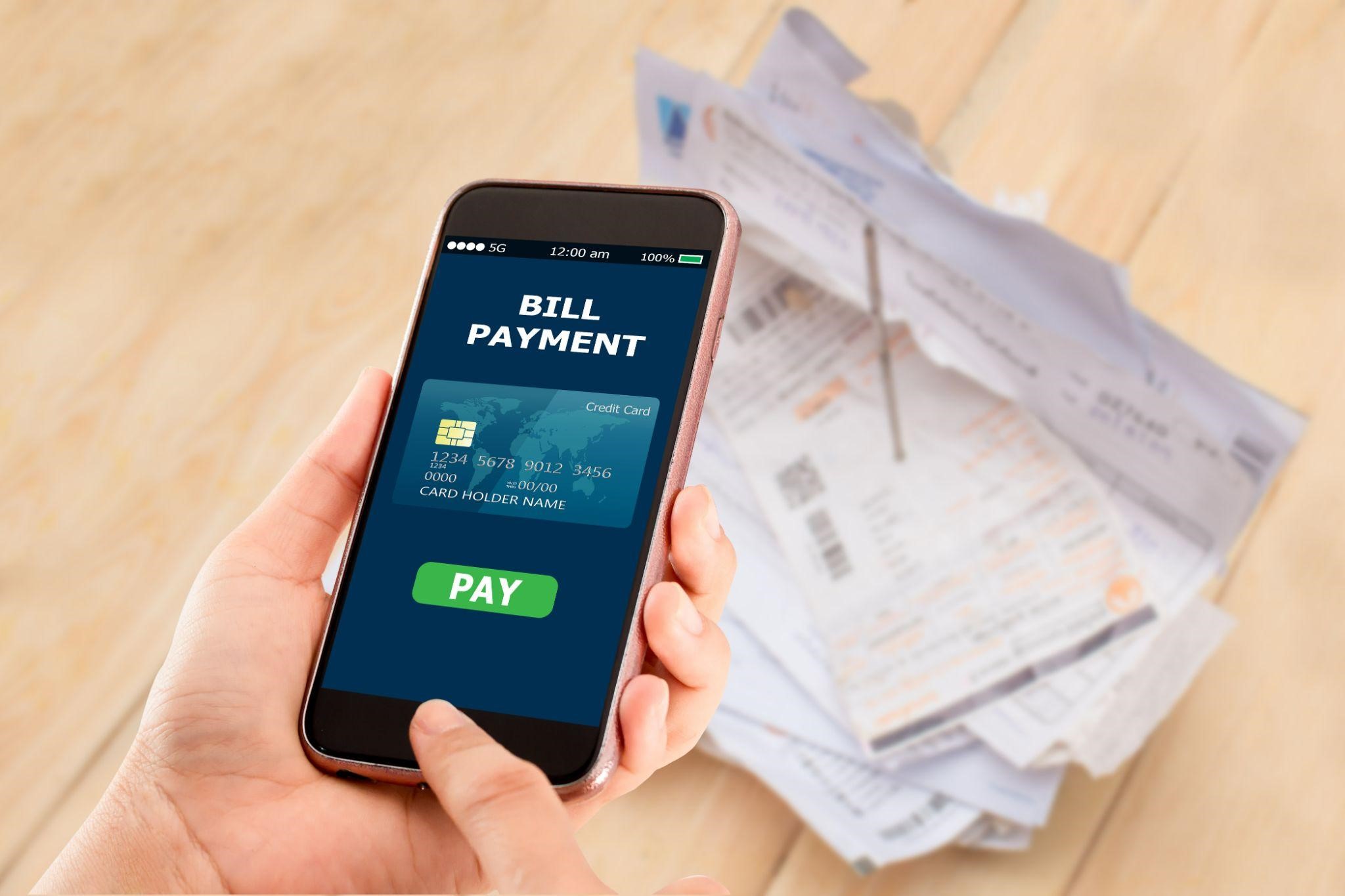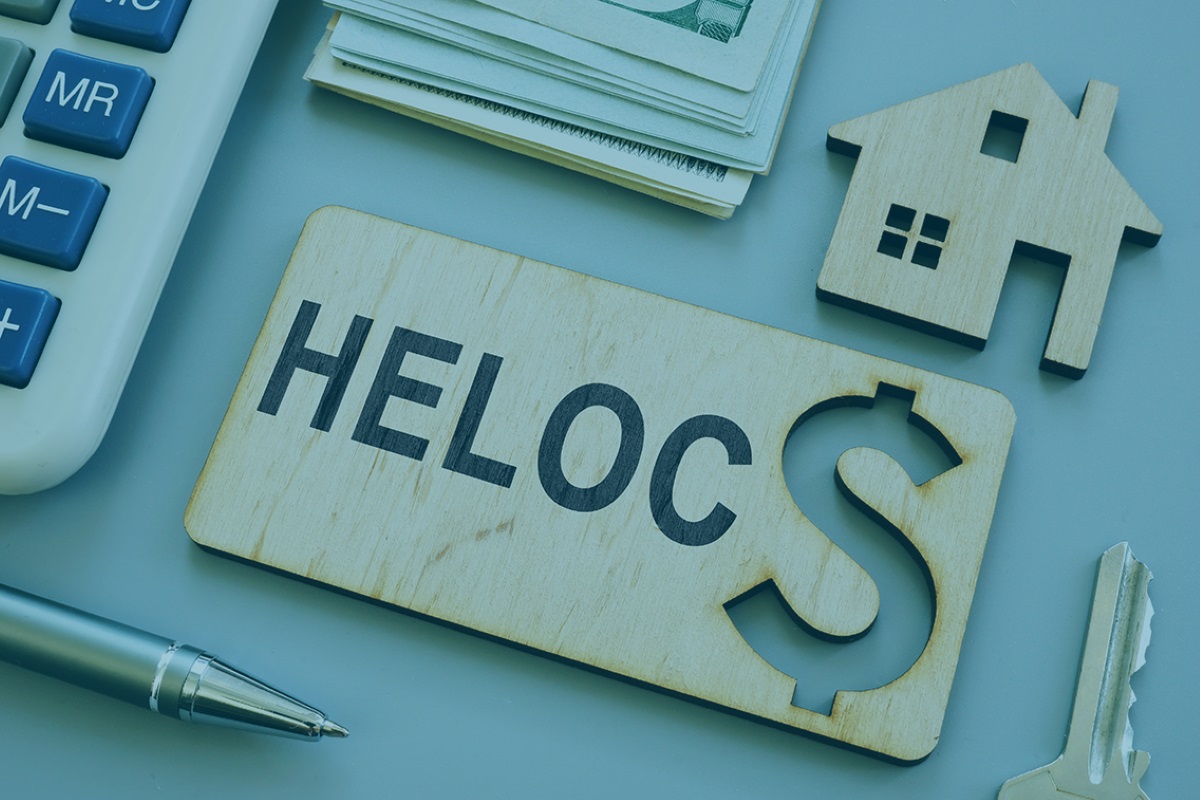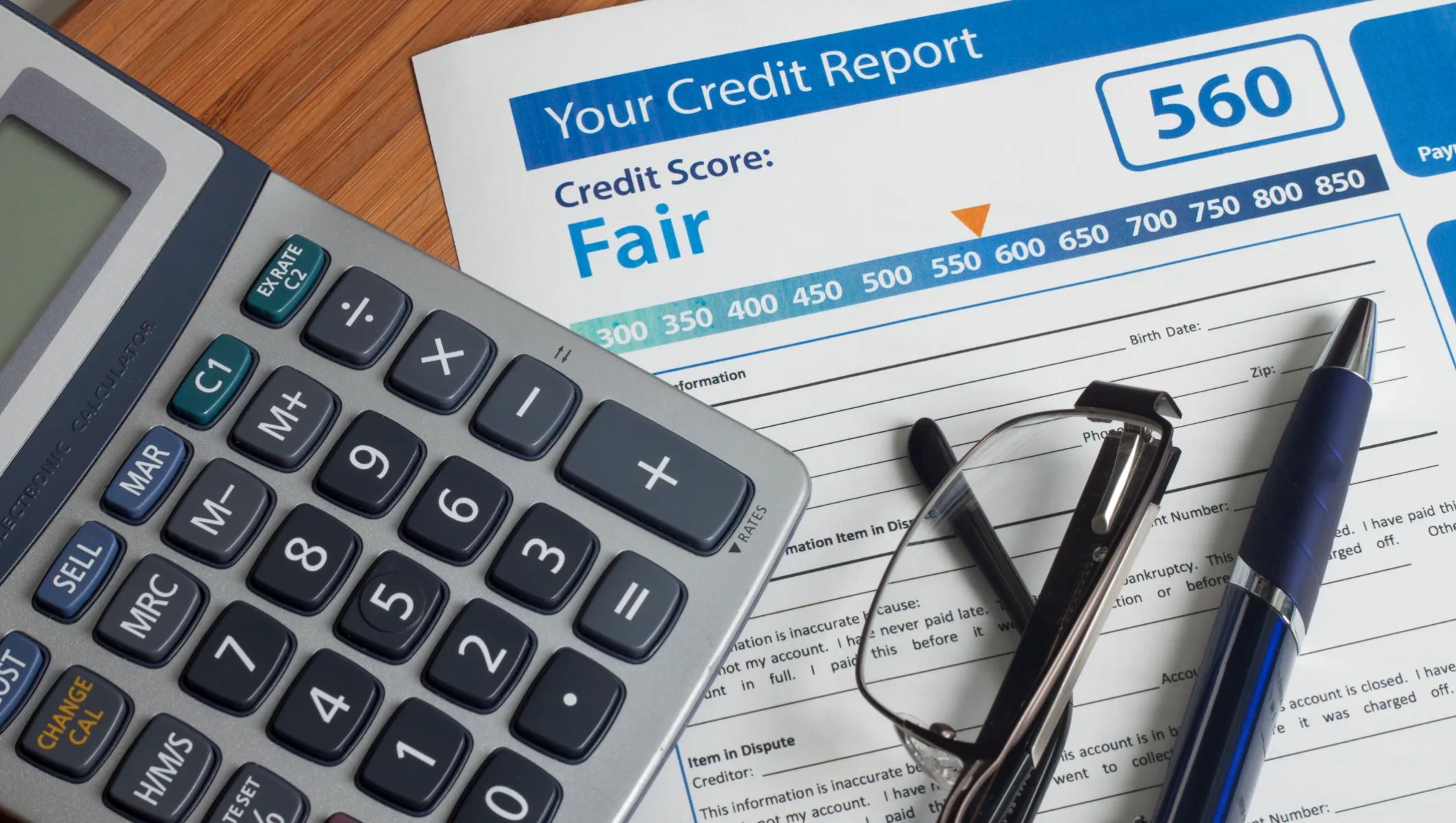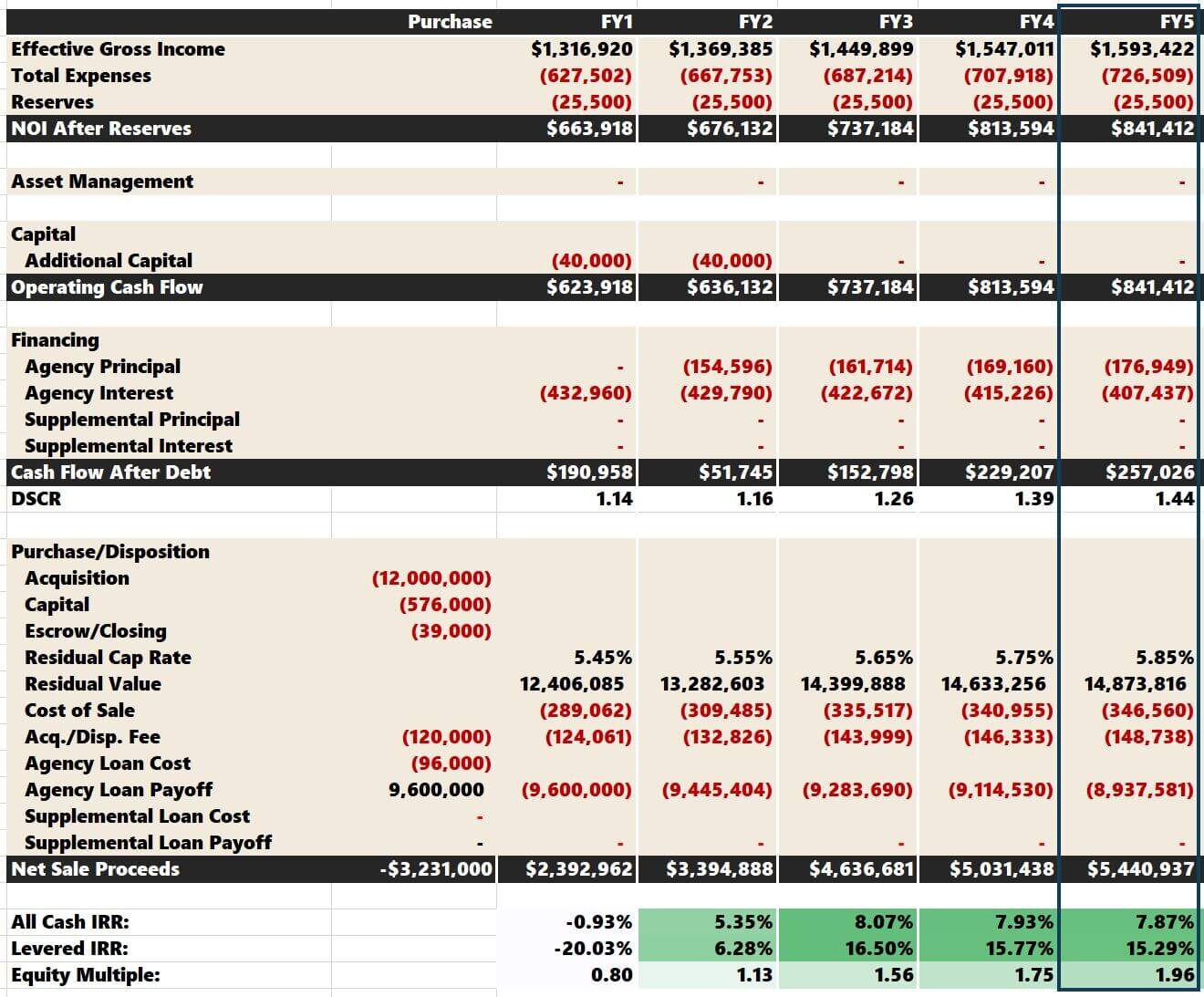

Finance
What Does Minimum Payment Mean
Published: February 25, 2024
Learn what minimum payment means in finance and how it affects your financial situation. Understand the importance of managing minimum payments for a healthy financial future.
(Many of the links in this article redirect to a specific reviewed product. Your purchase of these products through affiliate links helps to generate commission for LiveWell, at no extra cost. Learn more)
Table of Contents
Introduction
Understanding the Significance of Minimum Payments
When it comes to managing credit card debt, understanding the concept of minimum payments is crucial. For many individuals, the minimum payment represents a tempting option, offering immediate relief by allowing them to pay a fraction of their outstanding balance. However, delving deeper into the implications of making only the minimum payment reveals a complex financial landscape that warrants careful consideration.
The allure of minimum payments lies in their ability to alleviate short-term financial strain. By requiring only a small percentage of the total balance to be paid each month, minimum payments can provide a temporary sense of financial security. Nevertheless, it is essential to recognize that this approach can lead to long-term challenges if not managed wisely.
As we explore the intricacies of minimum payments, it becomes evident that their impact extends far beyond the immediate reduction of debt. By examining the dynamics of minimum payments, we can gain valuable insights into their implications, both in the short term and over the course of a credit card's lifespan. Let's delve into the multifaceted nature of minimum payments to gain a comprehensive understanding of their significance in the realm of personal finance.
Understanding Minimum Payments
Minimum payments are the lowest amount a credit card holder must pay each month to keep the account in good standing. Typically, this amount is calculated as a percentage of the total balance, often around 1-3% of the outstanding debt, with a minimum monetary threshold. While minimum payments offer immediate relief by allowing individuals to manage their financial obligations in smaller increments, it is essential to comprehend the broader implications of this approach.
One crucial aspect to consider is the composition of minimum payments. These payments are designed to cover interest charges and a fraction of the principal balance, thus reducing the debt over time. However, due to the compounding nature of interest, making only the minimum payment can result in a prolonged repayment period and significantly higher overall interest costs. This can lead to a cycle of debt that becomes increasingly challenging to escape.
Furthermore, understanding the impact of minimum payments on credit utilization is paramount. Credit utilization, the ratio of credit card balances to credit limits, plays a significant role in determining credit scores. By consistently making only the minimum payment, individuals may inadvertently elevate their credit utilization, potentially leading to a negative impact on their creditworthiness.
It is vital to recognize that while minimum payments offer short-term flexibility, they can have lasting consequences. By comprehending the mechanics of minimum payments and their implications on debt reduction and credit scores, individuals can make informed decisions regarding their financial management strategies.
Impact of Making Minimum Payments
Making only the minimum payment on a credit card can have far-reaching consequences that extend beyond the immediate financial relief it provides. The most notable impact of this approach is the escalation of overall interest costs. By consistently paying only the minimum amount, individuals allow the remaining balance to accrue interest at a compounding rate, resulting in a significant increase in the total interest paid over time.
Moreover, the prolonged repayment period resulting from making minimum payments can lock individuals into a cycle of debt, impeding their ability to achieve financial freedom. As interest continues to accumulate, the original debt can balloon, making it increasingly challenging to eliminate. This can lead to a sense of financial stagnation and hinder individuals from pursuing their long-term financial goals.
Another critical impact of making minimum payments is the potential damage to one’s credit score. As mentioned earlier, credit utilization, which is influenced by the ratio of credit card balances to credit limits, plays a pivotal role in determining credit scores. Consistently making only the minimum payment can elevate credit utilization, signaling financial strain to credit reporting agencies and potentially resulting in a negative impact on credit scores.
Furthermore, the psychological impact of perpetually carrying credit card debt due to making minimum payments should not be overlooked. The stress and anxiety associated with persistent debt can significantly affect an individual’s overall well-being, leading to emotional strain and a diminished sense of financial security.
Understanding the multifaceted impact of making minimum payments is crucial in empowering individuals to make informed decisions about their financial management. By recognizing the long-term implications of this approach, individuals can explore alternative strategies to mitigate the adverse effects and regain control of their financial well-being.
Alternatives to Making Minimum Payments
While making minimum payments may seem like the most accessible option for managing credit card debt, exploring alternative approaches can lead to more favorable long-term outcomes. One effective strategy is to commit to paying more than the minimum amount due each month. By allocating additional funds towards reducing the principal balance, individuals can expedite the debt repayment process and minimize the accumulation of interest. This proactive approach not only accelerates debt reduction but also cultivates a sense of financial empowerment.
Consolidating credit card debt through balance transfers to a card with a lower interest rate can also offer relief from the burden of high-interest charges. By leveraging balance transfer offers, individuals can centralize their debt and benefit from an extended period of lower or 0% interest, allowing them to make more substantial dents in their outstanding balances without the hindrance of compounding interest.
Exploring debt consolidation loans presents another viable alternative to making minimum payments. By consolidating multiple high-interest debts into a single, more manageable loan with a lower interest rate, individuals can streamline their debt repayment process and potentially reduce overall interest costs. This approach simplifies debt management and can provide a clearer path to achieving financial freedom.
Engaging in open communication with credit card issuers can also yield beneficial alternatives to making minimum payments. Some issuers may be willing to negotiate lower interest rates or offer hardship programs to assist individuals in managing their debt more effectively. By proactively addressing their financial challenges, individuals can potentially secure more favorable terms and alleviate the burden of high-interest charges.
Ultimately, exploring alternatives to making minimum payments empowers individuals to take control of their financial well-being and pursue strategies that align with their long-term goals. By embracing proactive approaches to debt management and seeking opportunities to reduce interest costs, individuals can navigate their journey to financial stability with confidence and determination.
Conclusion
Understanding the implications of minimum payments on credit card debt is essential for individuals striving to achieve financial stability. While minimum payments offer immediate relief by allowing individuals to manage their financial obligations in smaller increments, the long-term consequences warrant careful consideration. By delving into the multifaceted nature of minimum payments, individuals can gain valuable insights into their impact on debt reduction, interest costs, and credit scores.
The allure of minimum payments lies in their ability to provide short-term financial flexibility. However, the compounding nature of interest can lead to a prolonged repayment period and significantly higher overall interest costs. This can perpetuate a cycle of debt that hinders individuals from attaining financial freedom. Moreover, the potential damage to credit scores resulting from elevated credit utilization underscores the need for informed financial management strategies.
Exploring alternatives to making minimum payments empowers individuals to take proactive steps towards debt reduction and interest cost mitigation. By committing to paying more than the minimum amount due, leveraging balance transfer offers, considering debt consolidation loans, and engaging in open communication with credit card issuers, individuals can navigate their journey to financial stability with confidence and determination.
In conclusion, while minimum payments offer immediate relief, their long-term implications necessitate a strategic and informed approach to credit card debt management. By embracing proactive debt reduction strategies and seeking opportunities to minimize interest costs, individuals can pave the way for a more secure financial future. Empowered with knowledge and proactive financial management, individuals can transcend the limitations of minimum payments and embark on a path towards lasting financial well-being.














